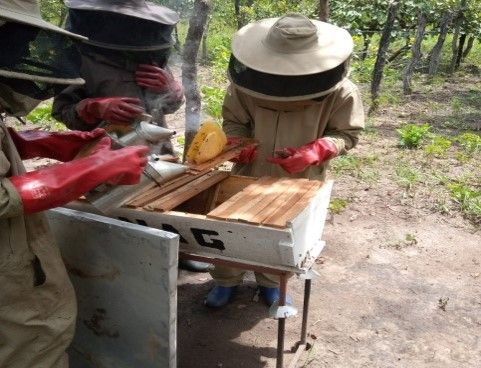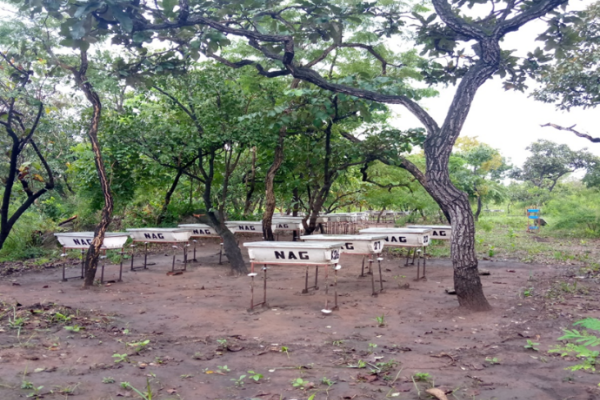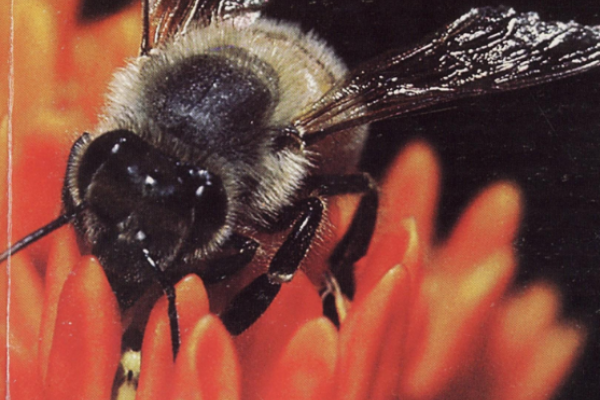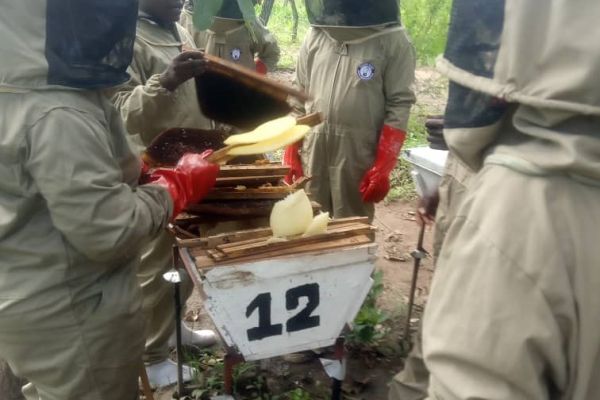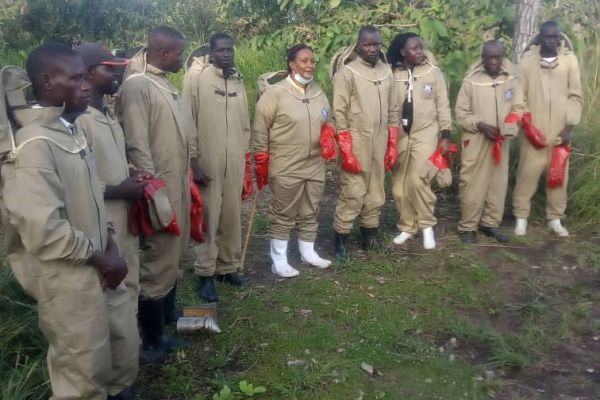Apiculture Unit
-
Purpose
The Apiculture unit purposes to establish a participatory, market-oriented modern beekeeping enterprise that serves as a robust income-generating activity for both NAGRC&DB, farmers engaged in bee keeping practices, the surrounding communities and others interested to complement their income country wide. The unit contributes to the sustainable economic development, environmental conservation, and national food security in Uganda by empowering individuals with practical skills and knowledge necessary to succeed in apiculture (beekeeping) as a business enterprise.
Conservation; There is also need to intervene in promoting and spear heading conservation of the African bee specie, in particular the Ugandan Apis mellifera adansonii which is threatened by the wide spread commercialization of beekeeping endangering the locally adapted sub-species. The conservation is by cryopreservation and in-situ.
-
Key Stakeholders
NAGRC&DB works with a range of stakeholders, partners, and institutions such as the Ministry of Agriculture Animal Industry and Fisheries (MAAIF), universities, bee farmers’ associations and societies, among others. This collaborative framework offers a comprehensive growth and development opportunity for the apiculture unit.
Partners:
- International organizations such as the Food and Agriculture Organization, APIMONDIA
- Education institutions such as Makerere University
- Farmer groups and associations such as TUNADO.
- Collaborations with International Livestock Research Institute
-
Key Strategic interventions
NAGRC&DB’s intervention on apiculture is to appraise the entire value chain of the enterprise in order to improve production, processing and value addition through usage of modern apiculture practices to be the sources of valuable strength to countless numbers of rural people’s livelihoods. These include:
- The agency has installed and successfully colonized over 1,000 bee hives comprising of both the Kenya Top Bars (KTBs) and Langstroth hives. These are colonized with Apis mellifera adansonii (African bee) which is the main species in the region.
- Additionally, 2,800 Calliandra calothyrsus trees have been planted in Aswa ranch to provide feed for the bees. The naturally growing sheer trees, however, have been conserved for utilization as bee forage for production of sheer honey as well as harnessing its medicinal properties.
- The agency has also established a state-of-the-art apiary facility which includes a modern laboratory that is well equipped with bee products’ analysis equipment and a processing plant for processing, branding, and packaging. This facility supports not only the agency but also the local beekeeping communities in Uganda.
- Beekeeping communities are engaged through an out-growers scheme to foster efforts for enhancing apiary production. This approach aligns with global efforts to address the decline in pollinator populations and its potential impact on food security and livelihood sustainability.
- Bee conservation efforts and initiatives have also been enhanced to spearhead the conservation efforts of various bee species in the country. This has been further supported by the development of a National Conservation Strategy and the collaborative efforts with other actors and stakeholders to create awareness among farmers to promote conservation and utilization of the African bee.
